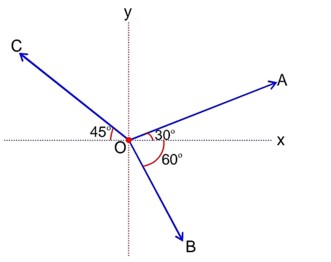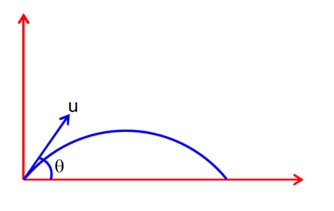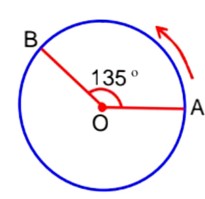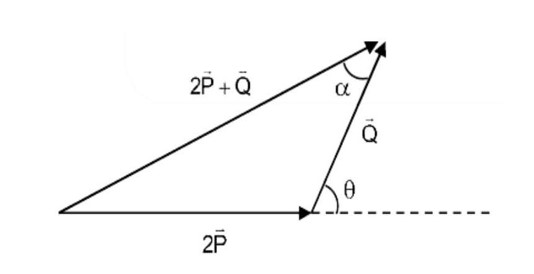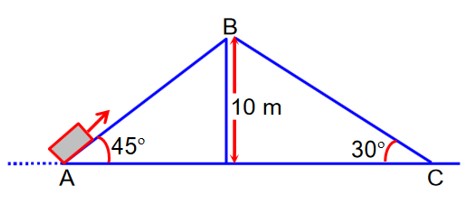Motion in a Plane
Get insights from 112 questions on Motion in a Plane, answered by students, alumni, and experts. You may also ask and answer any question you like about Motion in a Plane
Follow Ask QuestionQuestions
Discussions
Active Users
Followers
New answer posted
3 months agoContributor-Level 9
First angle, 1 =
Another angle (2 = 90 - ) for which range will be
Same as that of 1 =
at
So, Both statement is true & Reason is correct explanation for statement 1.
New answer posted
3 months agoContributor-Level 10
We know that horizontal speed will remain constant
20 cos = v cos ……… (i)
Along y-axis
……. (ii)
Taking an Exam? Selecting a College?
Get authentic answers from experts, students and alumni that you won't find anywhere else
Sign Up on ShikshaOn Shiksha, get access to
- 65k Colleges
- 1.2k Exams
- 679k Reviews
- 1800k Answers

